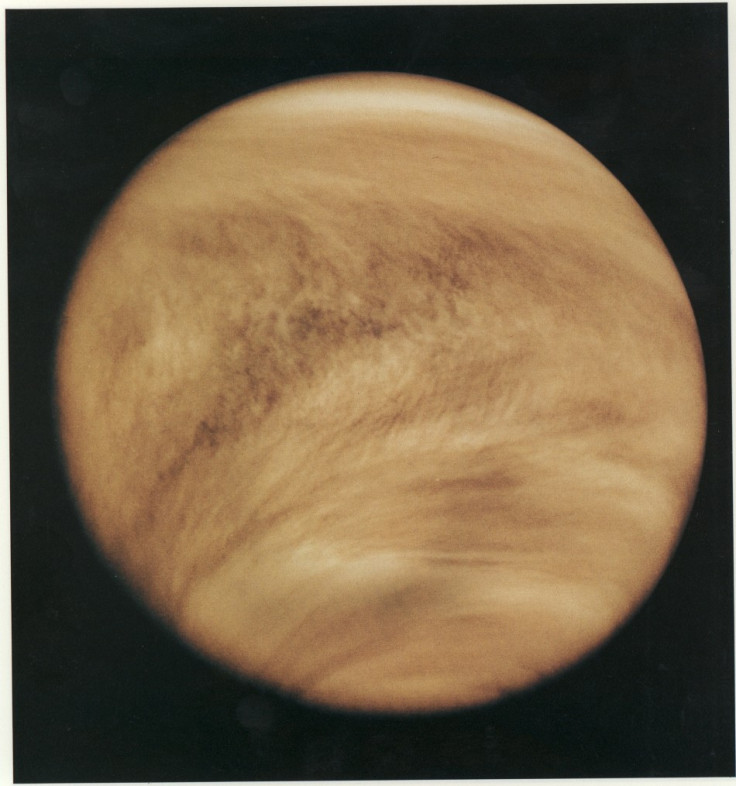Ozone Layer Discovered In Venus' Atmosphere

A spacecraft orbiting Venus has discovered an ozone layer in the planet's atmosphere, similar to that of Earth and Mars.
The newly discovered ozone layer which is between 100 and 1000 times less dense than Earth's and sits at about an altitude of 100 kilometres above the surface of Venus, four times higher than Earth's.
The findings could help astronomers home in on life on other planets.
The ozone was detected by the European Space Agency's unmanned spacecraft Venus Express whilst watching stars seen right at the edge of the planet set through its atmosphere.
"This ozone detection tells us a lot about the circulation and the chemistry of Venus' atmosphere," says Håkan Svedhem, ESA project scientist for the Venus Express mission in a statement.
Ccientists believe the ozone molecules, which are made up of three oxygen atoms, are formed in a multi-step process that begins when sunlight breaks up carbon dioxide in Venus's atmosphere, releasing oxygen atoms.
Those oxygen atoms get blown by winds to the night side of Venus, facing away from the sun, where they recombine into oxygen molecules, which have two oxygen atoms, and sometimes ozone.
Some astrobiologists believe that an atmosphere containing carbon dioxide, molecular oxygen and ozone all at once could be a sign of life.
Even if there is no life on Venus, the detection of ozone there brings Venus a step closer to Earth and Mars.
"It is yet more evidence of the fundamental similarity between the rocky planets, and shows the importance of studying Venus to understand them all," said Svedhem.
© Copyright IBTimes 2024. All rights reserved.






